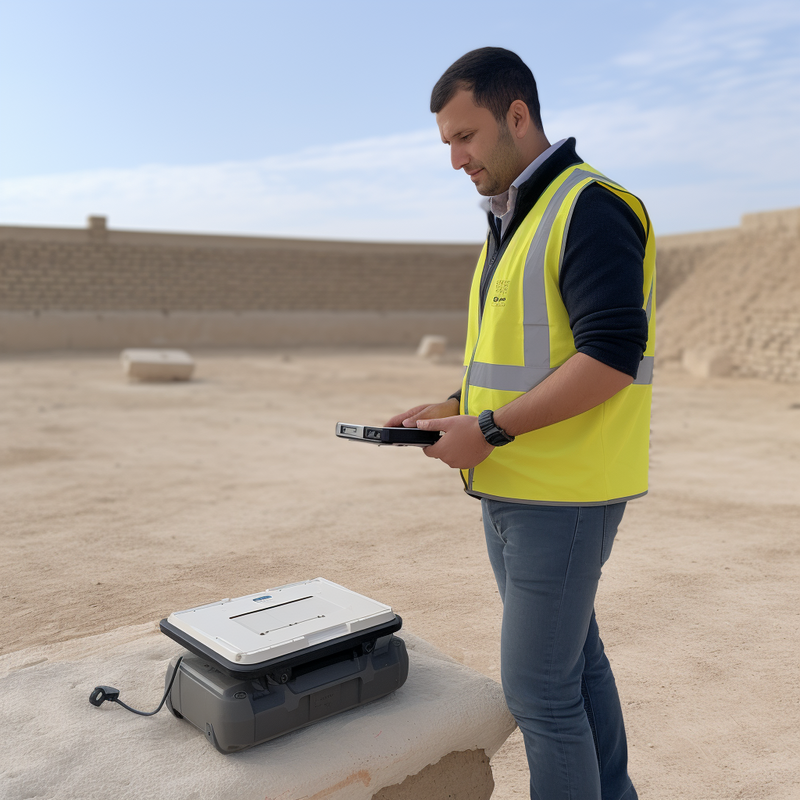
Articles > Archaeological Techniques and Tools
Technological advancements have greatly impacted the field of archaeology, particularly with the introduction of tools such as LiDAR, satellite imagery, and robotics. These tools have revolutionized the way archaeological sites are discovered, surveyed, and excavated. LiDAR technology, for example, has enabled researchers to uncover hidden features of landscapes and identify potential archaeological sites that would have otherwise been overlooked. Satellite imagery has allowed archaeologists to map and monitor sites from a distance, providing valuable data on environmental changes and site preservation. Robotics have also played a significant role in conducting non-invasive surveys and precise excavations, minimizing damage to delicate sites.
These advancements have not only made the process of archaeology more efficient and accurate, but they also contribute to the sustainability and responsibility of archaeological practices. By reducing the need for extensive physical excavation and providing a more comprehensive understanding of archaeological sites, technological tools help protect cultural heritage and minimize environmental impact. Overall, the integration of these technological advancements has transformed archaeology into a more sustainable and responsible discipline.